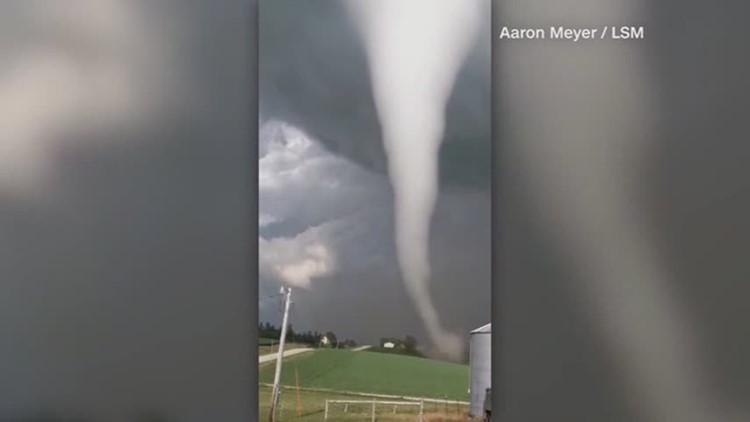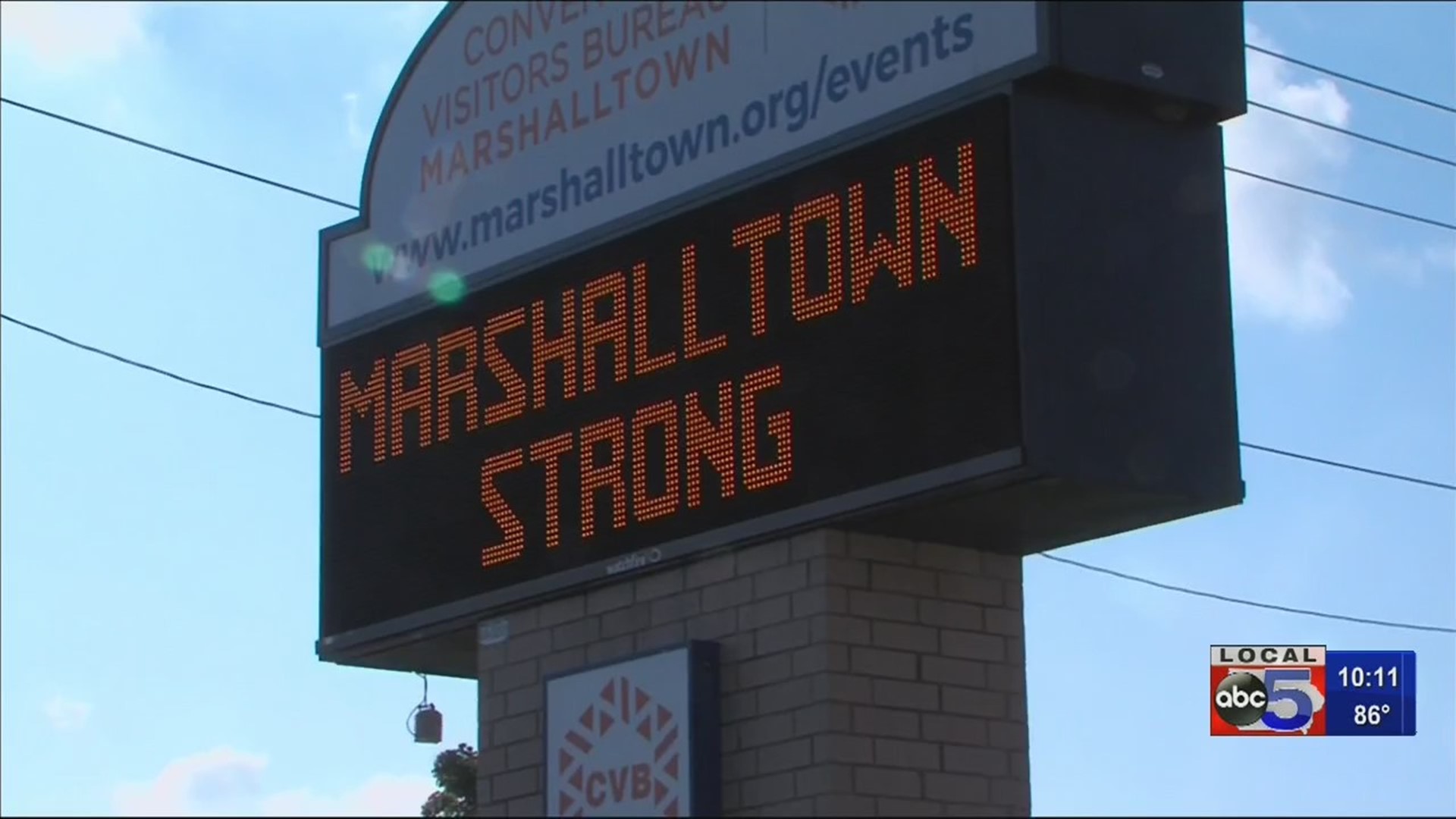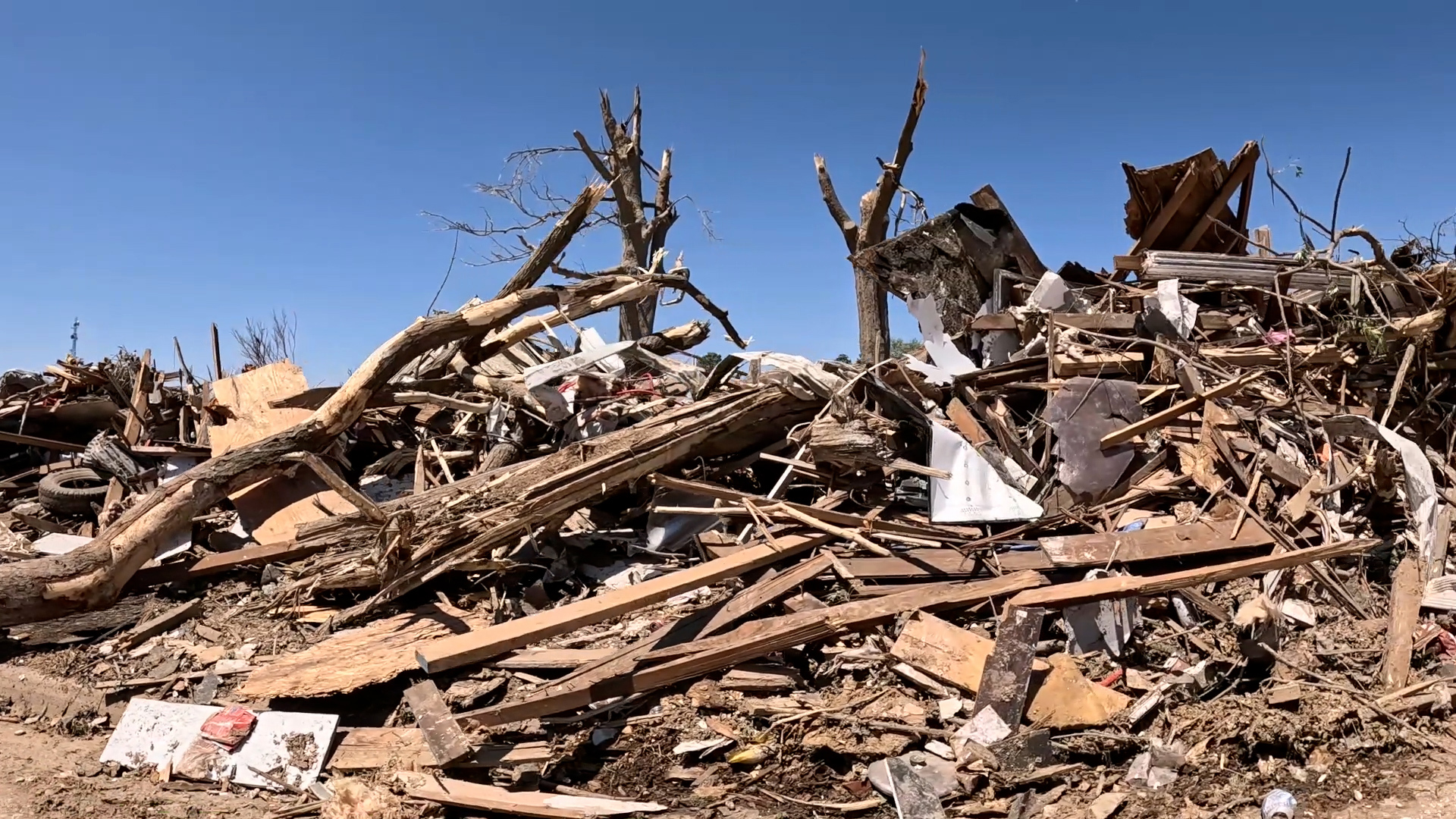WEST DES MOINES, Iowa — For most of us, tornadoes are a double-edged sword. They're both fascinating and terrifying, all at the same time.
In many ways, they're even mysterious.
With proper preparation and an understanding of the dangers associated with tornadoes, they don't have to be completely scary. In fact, instead of being scared, Local 5's weather team wants to help you be prepared!
So, what is a tornado?
The National Weather Service defines a tornado as a "narrow, violently rotating column of air that extends from the base of a thunderstorm to the ground."
Tornadoes form within strong or severe thunderstorms. They are the some of the most dangerous atmospheric phenomena.
To be properly prepared for a tornado threat, you need to know where to seek shelter in the event of a tornado. The best place to be is in an interior room on the lowest floor of your home. This means you need to avoid being near windows or doors whenever possible.
It's also important to remember the difference between watches and warnings, especially during times of active severe weather.
RELATED: What makes a thunderstorm 'severe?'

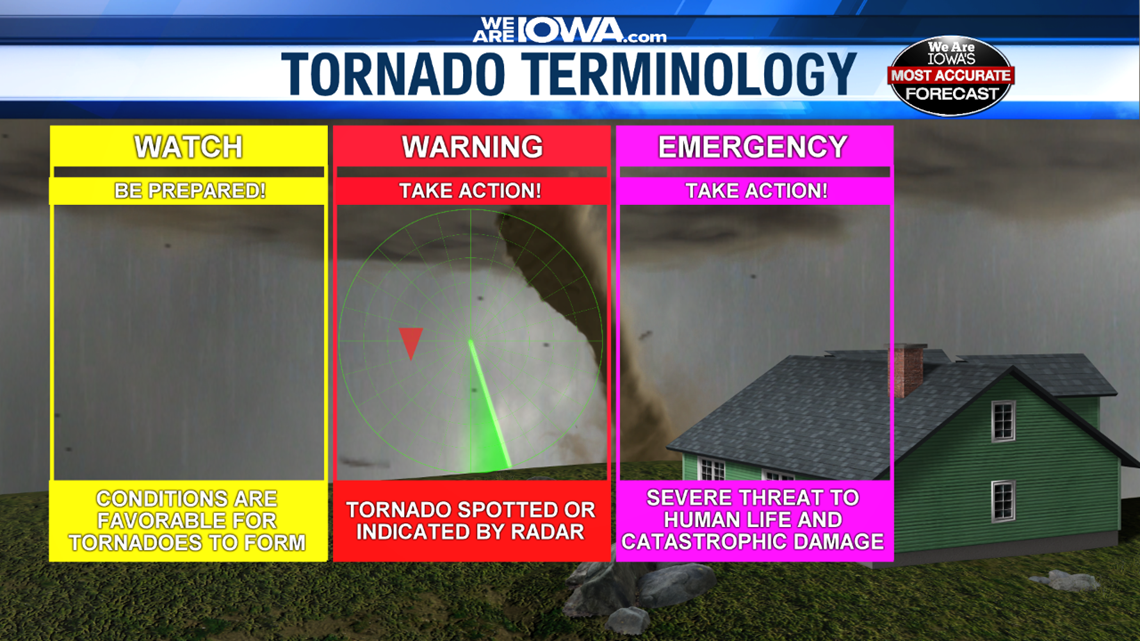
There are a few common myths surrounding tornadoes, too. Local 5's weather team wants to take a few moments to debunk them.
MYTH: Tornadoes can't get hit big cities.
ANSWER: False!
In fact, many tornadoes have hit big cities in the past. Take Nashville, Tenn., for example. The heart of the city was impacted by a large tornado just a few weeks ago.
Other major cities have experienced tornadoes, including St. Louis, Dallas, Oklahoma City, Miami, Atlanta, and even Des Moines!

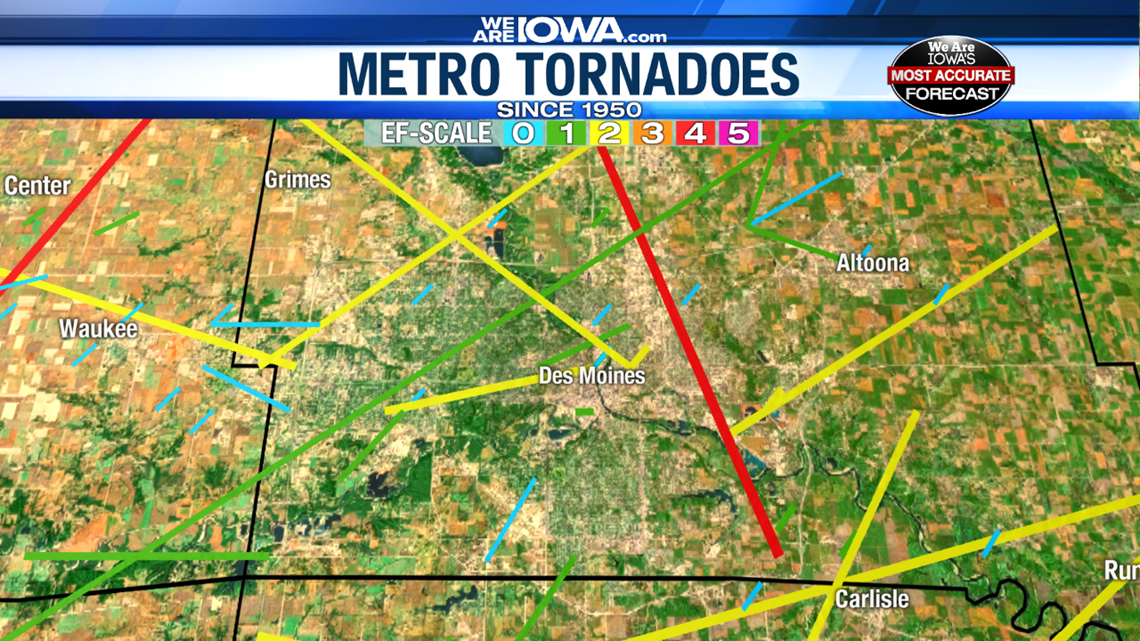
Since 1950, dozens of tornadoes have crossed through the Des Moines metro.
MYTH: Tornadoes only happen during the day.
ANSWER: False!
Although the majority of tornadoes do occur during the day, it is not always a guarantee. In Iowa, there have been several tornadoes overnight or early in the morning.
An EF-2 tornado in Adair, Iowa occurred in the middle of the night in May 2019.
The recent tornado that tore through Nashville also occurred in the middle of the night.
In the past, most of Iowa's tornadoes have occurred between 1 and 9 p.m. However, seeing tornadoes in the middle of the night is not impossible.


MYTH: Tornadoes only happen in the spring and summer.
ANSWER: Also false!
The spring and the summer are the primary tornado seasons for Iowa. That does not mean that tornadoes can only occur in those timeframes.

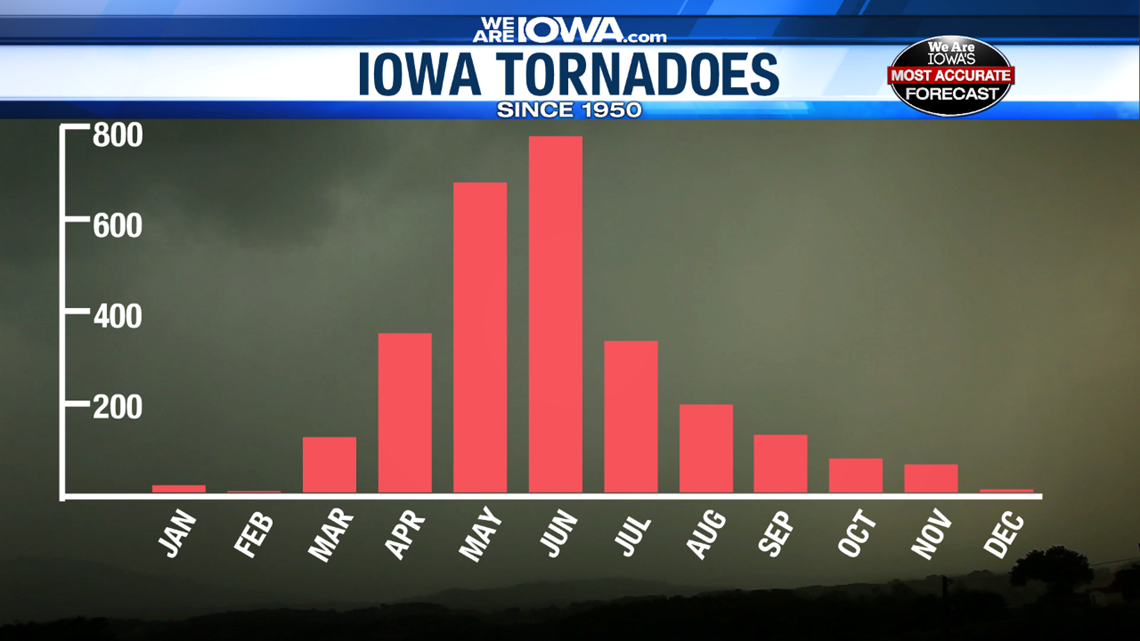
Although Iowa's tornadoes tend to happen from March-September, tornadoes have been recorded in every month of the year in our state.
So clearly, tornadoes are a severe weather threat that must be taken seriously!
There are many ways for you to stay informed during times of active weather, though. For a full list of resources on tornado preparedness, be sure to check out the National Weather Service site, too.
Be sure to follow the Local 5 weather team on social media for the latest information on storm threats.
Also, check out the brand-new Local 5 app: It will automatically alert you when watches or warnings are issued for your area!


